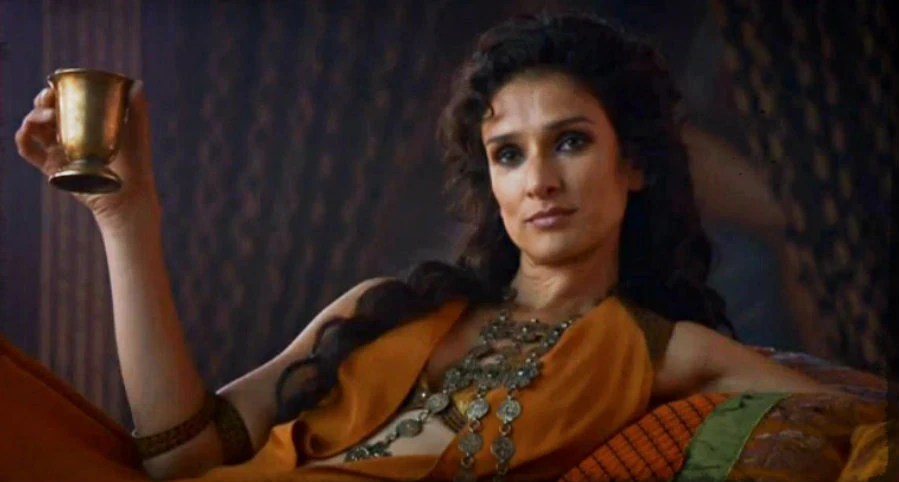 |
| Diana wearing a salwar-kameezes |
Week 2
Fara Suiza
ASA141
May 5 2019
This week was a little more tempting than last week, and I know it'll continue to be so, especially, tomorrow. One of my favorite higher-end brands is having a 24-hour flash sale where everything is 50% off to commemorate the brand's leading designer's birthday. I might end up breaking, but aside from that urge to jump on a very rare sale, not much has changed since the week before.
However, this week got me thinking about the bottom line question on who is profiting from my consumer purchases. I like to feel like my money is going towards a brand or person that I am making the willing and conscience choice in supporting, but I know that not all fashion revolving cultural inspirations are produced by an individual/brand that belong to that particular culture. Asian / East Asian traditional clothing is constantly in trend for being exotic, "other" (in reference to common western fashion), and something to be capitalized on. In "It's Hip to be Asian", traditional clothing such as the salwar-kameezes became "popularized" in mainstream media once elite, rich British women (i.e. Princess Diana) began wearing it, thus transforming the suit from a politicized ethnic clothing typically worn by lower-class immigrants to something is "trendy" and, simply, the fashion of the time, which strips it of any politicized meaning.
 |
| Ellaria Sand portrayed with sensual loose silk clothing. |
The whole idea of taking clothing from an ethnic culture and commodifying it to profit a community that is unrelated to the culture is another branch of orientalism where Asian / East Asian clothing is seen as exotic and other worldly. Earlier in the week, I watched the season 4 Game of thrones behind the scenes video where the costume designers spoke in details about their inspirations for certain characters. The way they spoke about the characters of Dorne, which (to be simple) is a part of the fantasy world where brown people exist, made me feel uncomfortable because they were speaking of the Persians and their culture as "erotic". This brings it all back to the orientalist view where Asian culture and clothing is not only seen as exotic, but also it is hyper-sexualized.
In conclusion, I may or may not end up buying into the sale tomorrow (May 6), but I know that I would be supporting an Asian-owned brand. However, I will be doing so fully aware that supporting this brand means that someone in the world may suffer from that consequence in the form of labor.
WORK CITED
Bhachu, Parminder. "It’s hip to be Asian: The local and global networks of Asian fashion
entrepreneurs in London." Transnational Spaces. Routledge, 2004. 52-71.
"Game of Thrones - Silk, Leather & Chainmail: Costumes of Season 4." Youtube, uploaded by Ser Pounce, 29 November 2018, ://youtu.be/Pk00ppQ5nNw?t=381
No comments:
Post a Comment